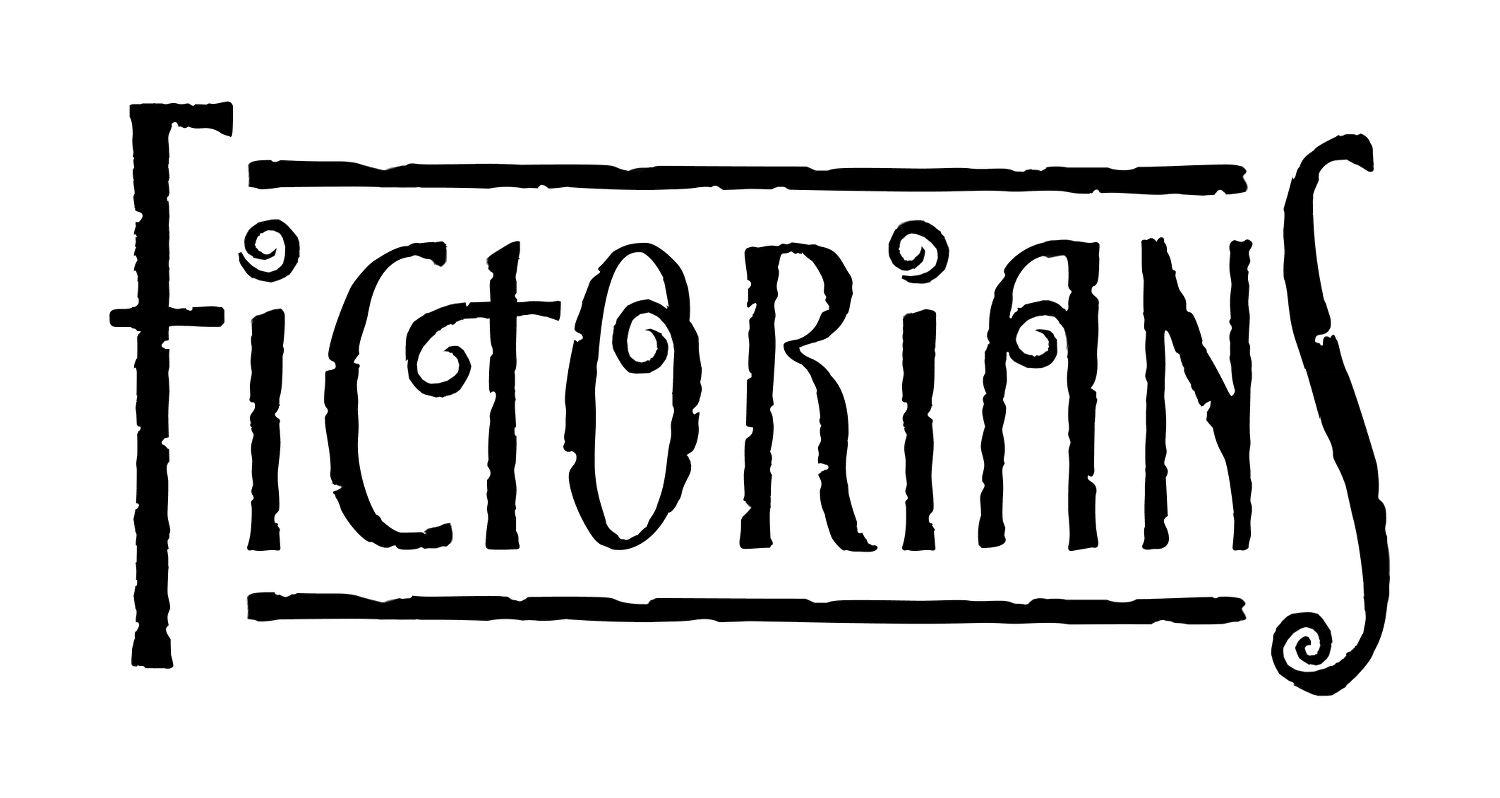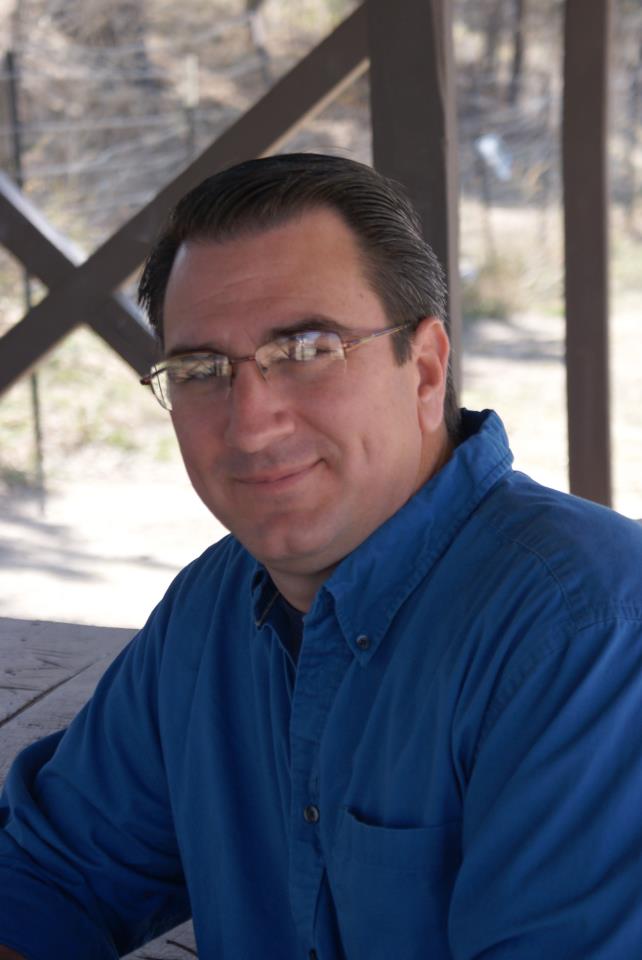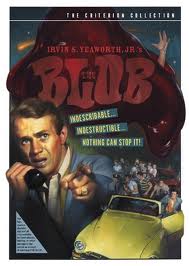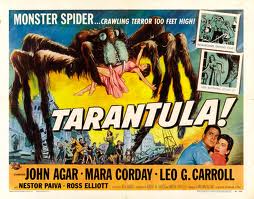A guest post by Greg Little.
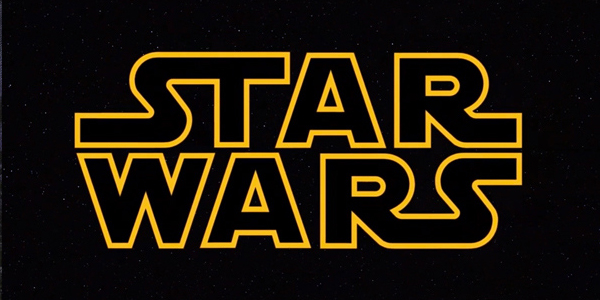 When I sat down recently and started thinking about which science fiction and fantasy inspired me to seriously pursue a career in writing genre fiction, I thought the answer was a simple one. But as I actually began putting it down on paper, “the tale grew in the telling” as they say. Nuances I’d nearly forgotten woke as I fired up their neurons. So forgive me in advance if this turns into a bit of a ramble.
When I sat down recently and started thinking about which science fiction and fantasy inspired me to seriously pursue a career in writing genre fiction, I thought the answer was a simple one. But as I actually began putting it down on paper, “the tale grew in the telling” as they say. Nuances I’d nearly forgotten woke as I fired up their neurons. So forgive me in advance if this turns into a bit of a ramble.
Like many if not most of us, I read a lot of fantasy and science fiction as a kid. My mom read Lord of the Rings to me after I’d watched the wonderful Rankin-Bass adaptation of The Hobbit and asked about that last line: “Then you’ll see that the story of the ring is not over, but is only beginning.” (Thanks, Mom!) This was followed by The Chronicles of Prydain by Lloyd Alexander, most (but admittedly not all) of The Chronicles of Narnia, and others.
We flash forward many years to winter break of my first year of college, the moment where I finally caved and jumped on The Wheel of Time bandwagon at the behest of two friends. After devouring everything up through The Path of Daggers (the last book that was out at the time), I switched gears and began with A Song of Ice and Fire by George R.R. Martin (Game of Thrones to you HBO neophytes). More recently the fantasy uber-series I’ve found most challenging has been The Second Apocalypse, by R. Scott Bakker. Those three series’ collective use of intricate worldbuilding, foreshadowing, dark themes, and multiple viewpoints certainly influenced my writing style.
But the thing that actually got me started writing in the first place took place in between childhood and college. On the verge of entering my teen years, I began reading the Star Wars “expanded universe” novels. I eventually went on to read a great many of those (stopping only when I realized they were never going to end), but the ones that had the most impact were the Thrawn Trilogy by Timothy Zahn and the Jedi Academy Trilogy by Kevin J. Anderson.
At that time, my mom had probably noted that for several years I’d eased off reading in favor of video games (video games being a particular weakness and a habit I haven’t managed to kick even today) and so knowing I was a huge Star Wars fan she shrewdly picked me up the first of Zahn’s trilogy. Well, technically she picked up the third book at first, but we quickly sorted it out after a bit of confusion.
I was blown away and instantly hooked (thanks again, Mom!), quickly devouring both trilogies and looking for more. Not only did it get me back into heavy reading, but I quickly realized that I liked the best of the novels even better than I liked the movies, because the books delved so much deeper into story and characterization. My friends and I quickly began incorporating details from the expanded universe into a Star Wars role-playing game of our own design. We took turns as dungeon master, and that was where I got my first taste of how much fun it was to create narrative mysteries for other players to try and solve.
Shortly into high school, my friend Bryan and I began taking turns drawing crude stick figure comics. Each of us came up with one “character” and the comics basically involved increasingly outlandish ways for the characters to kill each other, our own personal Itchy and Scratchy from The Simpsons. But eventually we grew bored with the pen-and-paper carnage, so our characters teamed up and began having narrative adventures (always wielding lightsabers, of course). Then in our sophomore year of high school, we started passing a three-subject spiral notebook around between classes, trying our hand at our own fiction, which quickly morphed into Star Wars fan fiction (set a thousand years in the future from the original trilogy, natch).
It was… not great fiction. Now liberated from the limitations of our crude stick-figure art, the one-upsmanship that had permeated our comics ran rampant. Mostly we would use our turn to either invent a mystery to confuse the other author (perhaps not the best collaborative technique) or each try to paint the other into a narrative corner from which escape would be impossible (an even worse collaborative technique). It marked the beginning of writing purely for my own enjoyment.
We never did finish that first story. Bryan moved away halfway through high school and we saw each other infrequently after that. I toyed around with finishing it anyway (and two others, because all books simply belonged in trilogy form to my inexperienced eyes) but eventually just dropped it. But I still have both that notebook and the comics. In fact, writing this piece spurred me to pull them out of storage and look them over. The prose is even worse than I remember, but I’m trying to take that as a sign of how far I’ve come since then. And as bad as it is, it still puts a smile on my face. I feel like that’s the most you can ask for from your writing.
